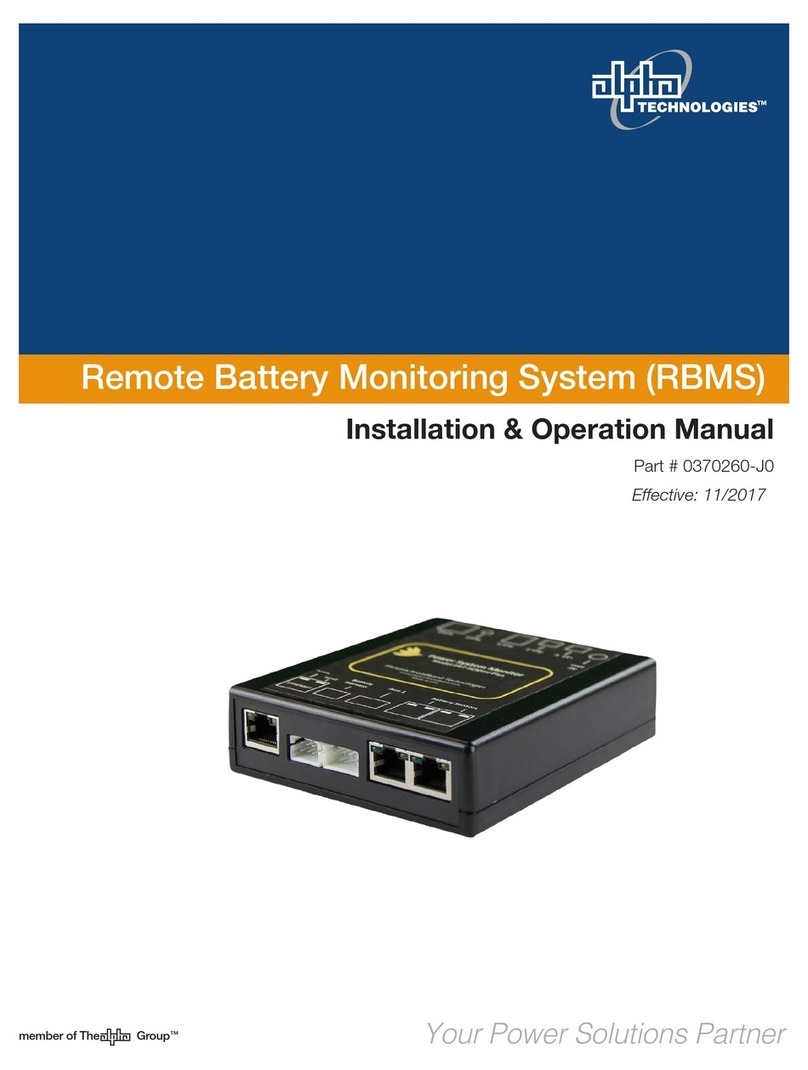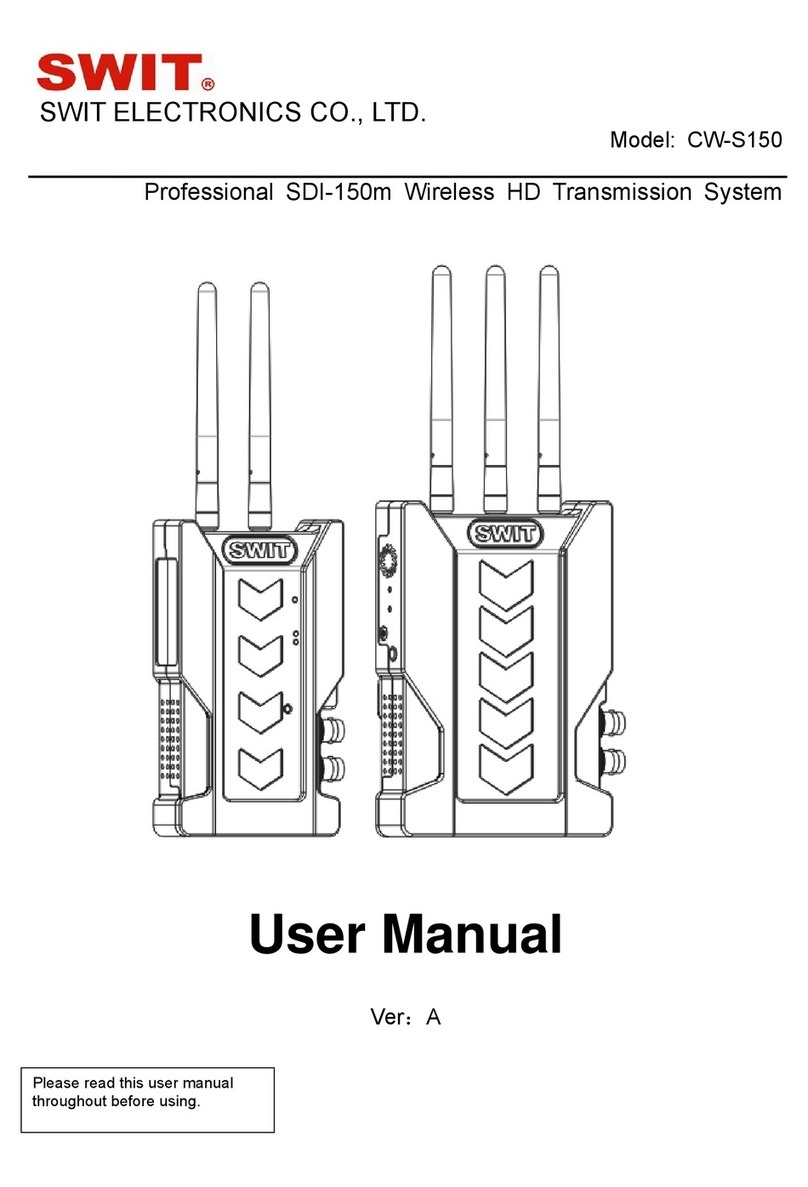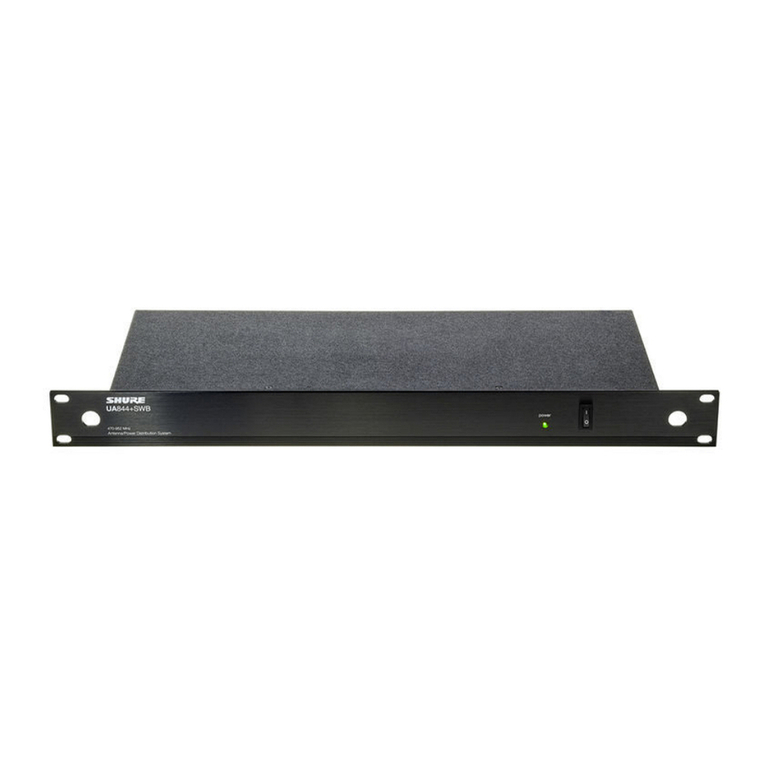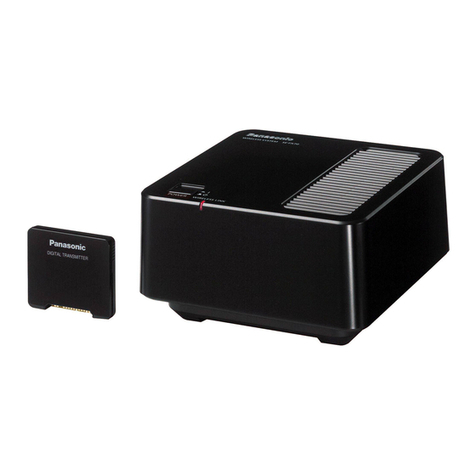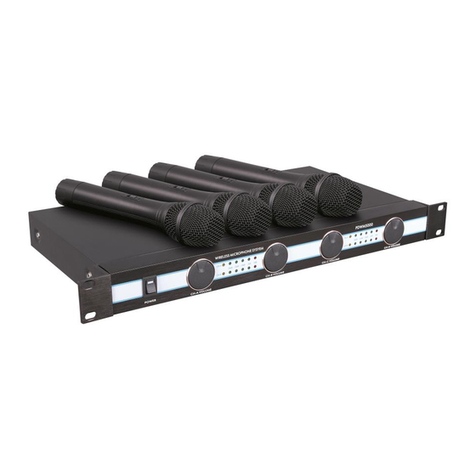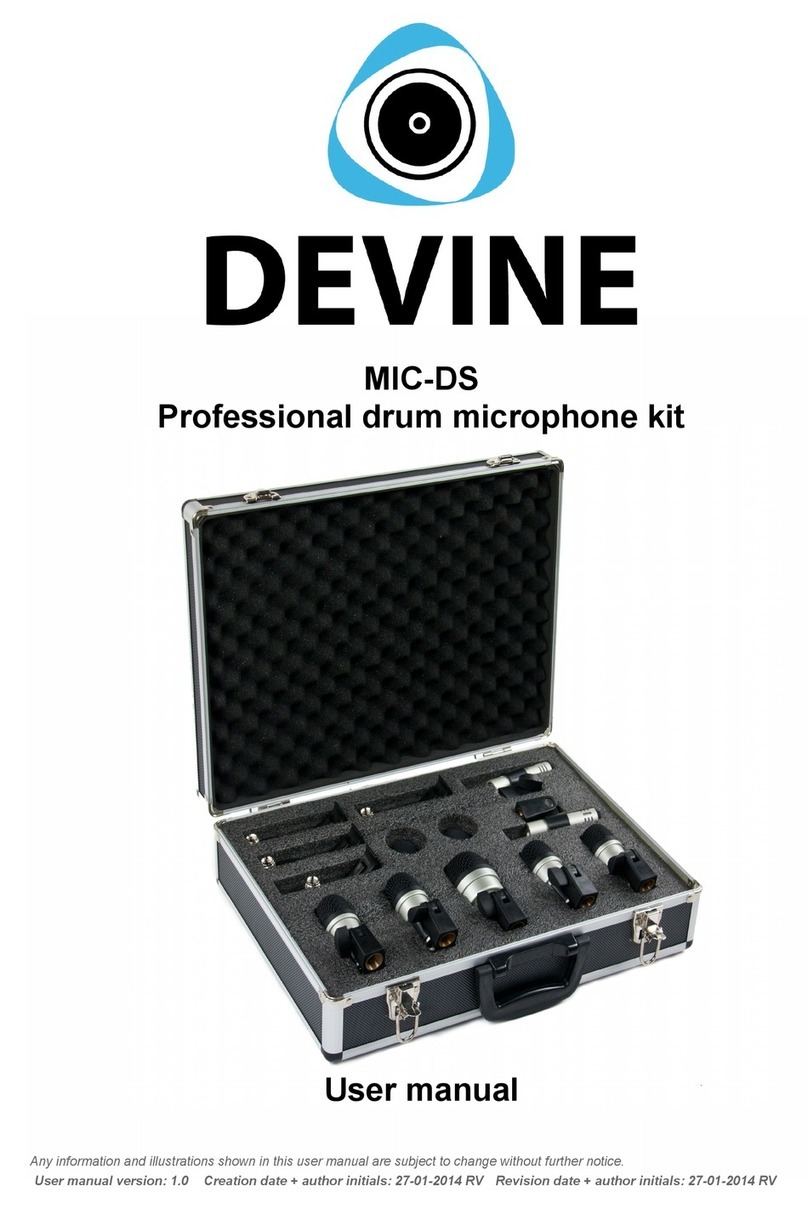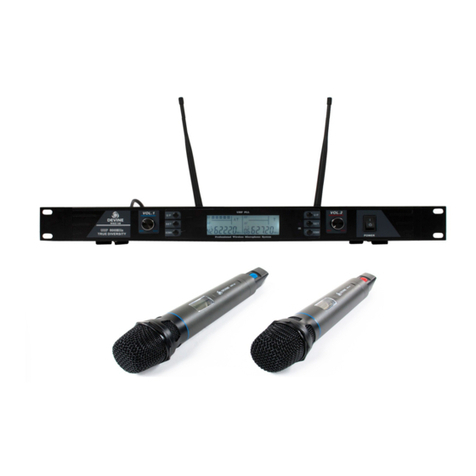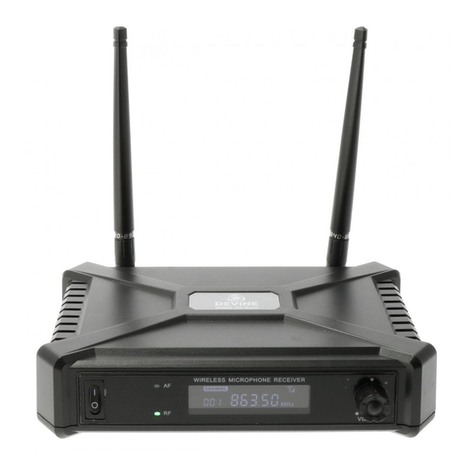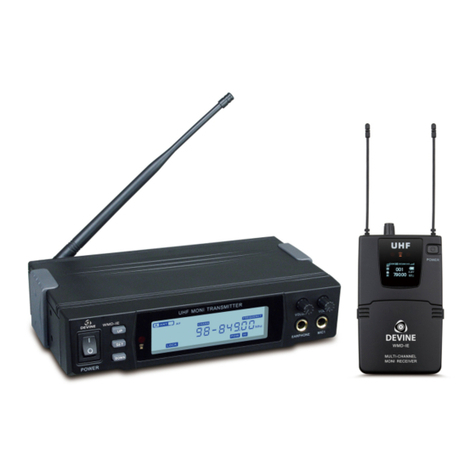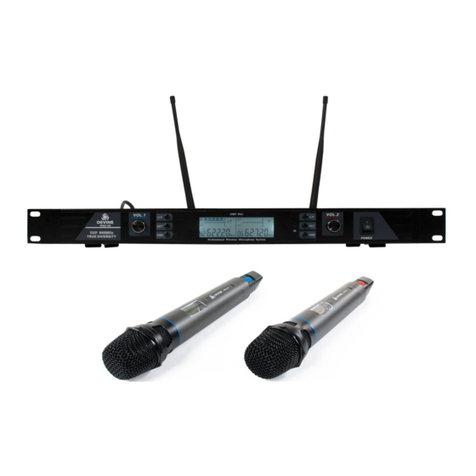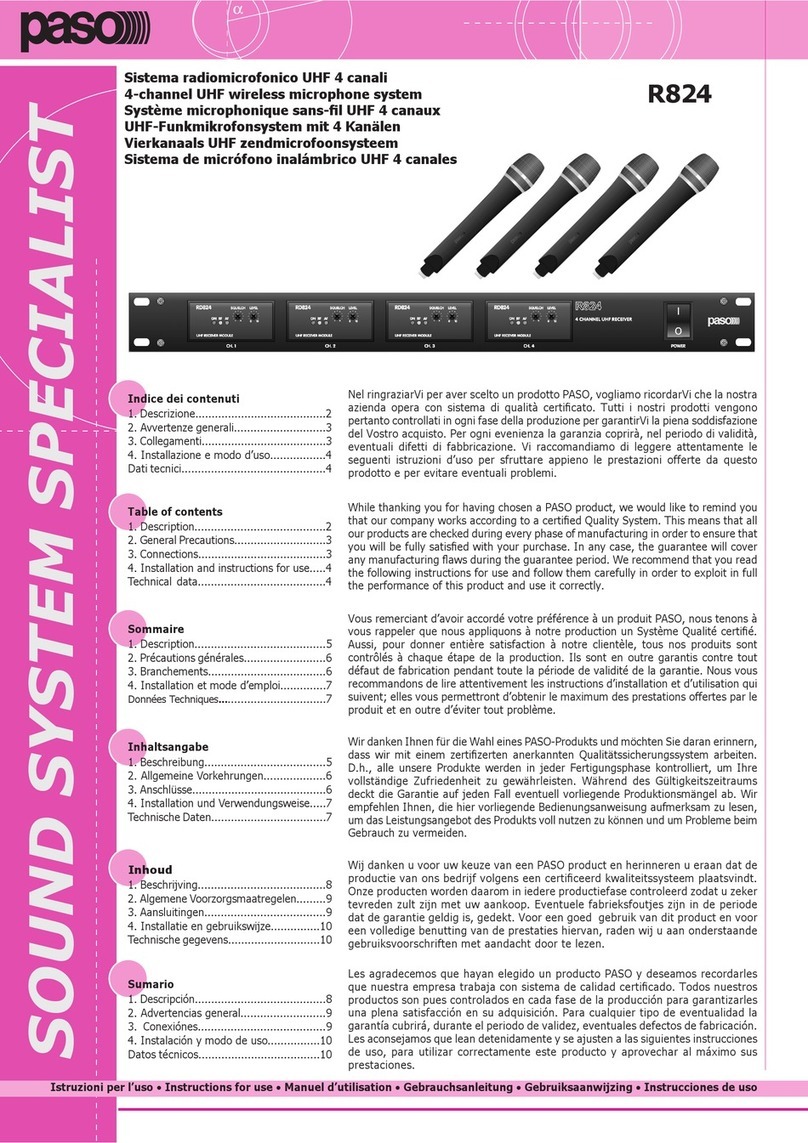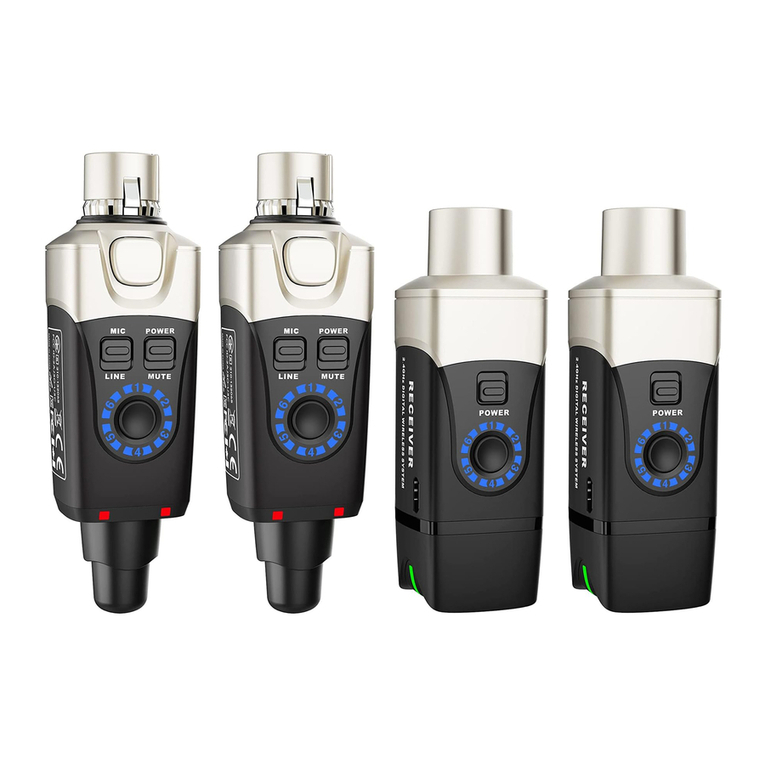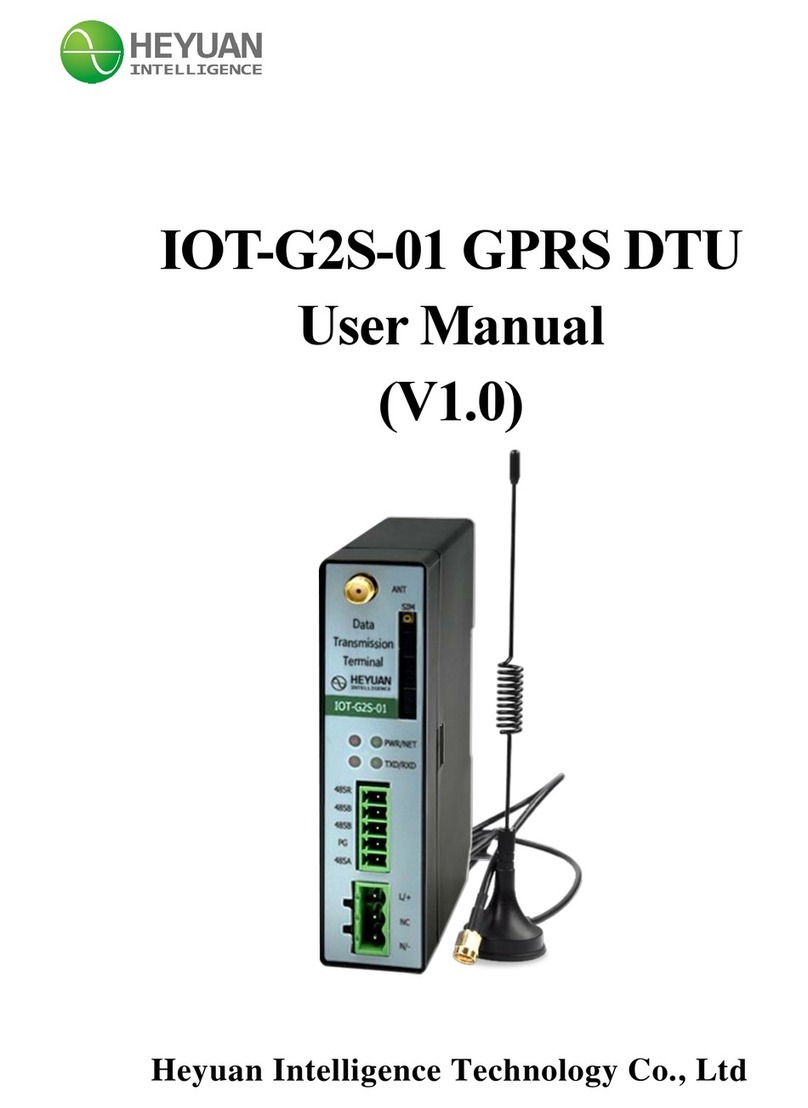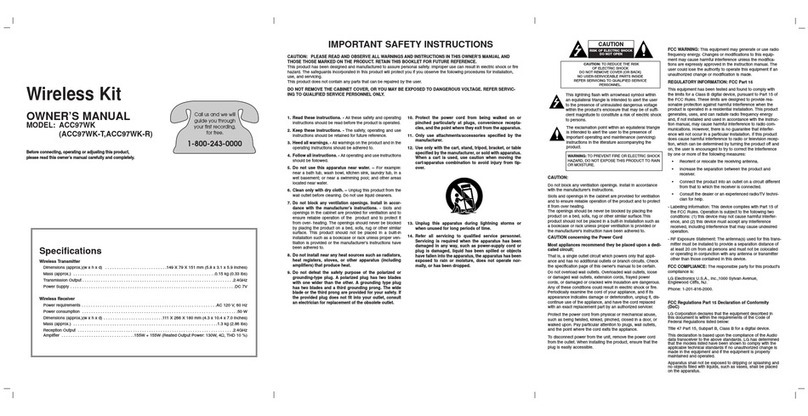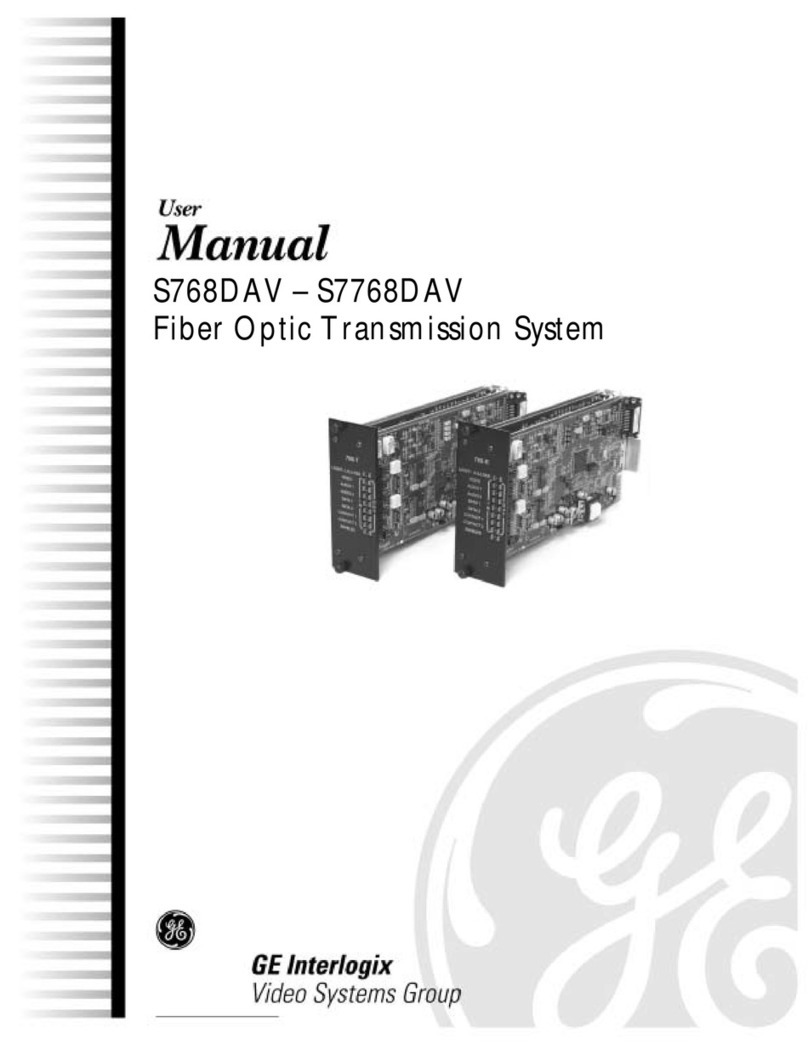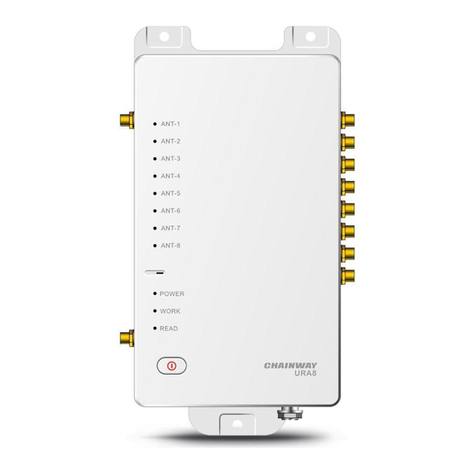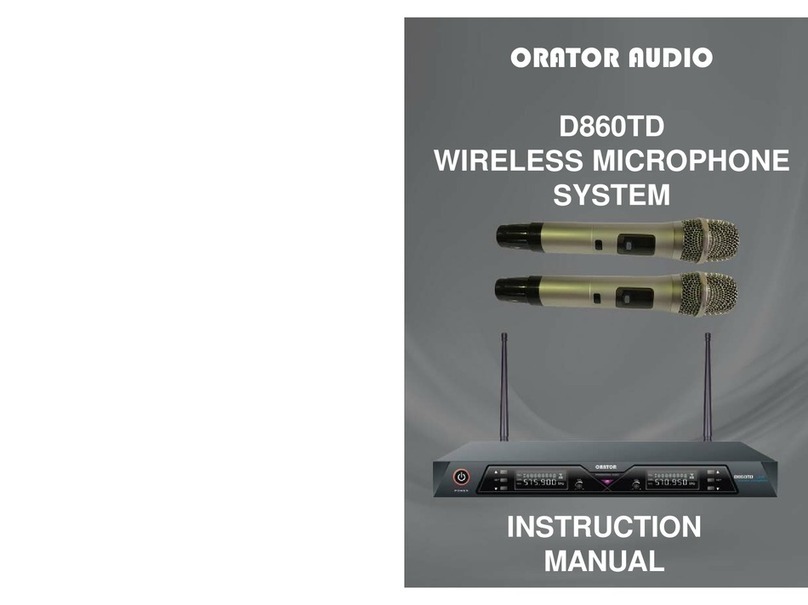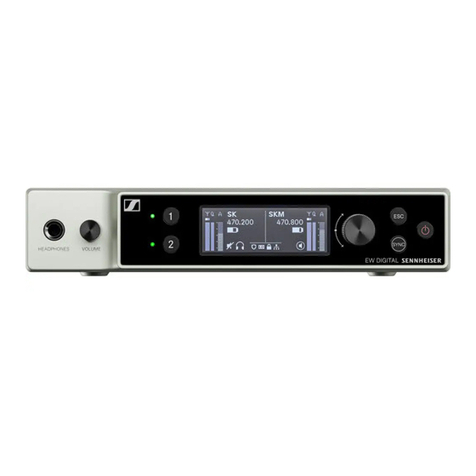
Safety Instructions
Every person involved with the installation, operation and maintenance of this device must:
- Be qualified.
- Be skilled.
- Have read the instructions included in this user manual.
- Be sure that neither the device nor the included accessories are damaged. Should the device or the
included accessories e damaged, please contact your retailer for further advice.
- Ensure that the device is in good working condition and is safe to operate. Please follow the advice and
instructions as they are descri ed in this user manual.
Damage caused y misuse and/or modifications made to the device are not covered y the warranty.
This device does not contain any parts that can e repaired or replaced y the user. Should maintenance or
repairs e necessary, they must e carried out y a qualified technician.
Important information regarding health and safety:
- Do not remove any la els or stickers from this device.
- Do not leave any ca les lying around where they are in danger of causing a tripping hazard.
- The housing of this device must not e opened and any hardware or software that may e present must not
e modified.
- For optimal performance, any inputs of the device should not e fed with a signal higher than necessary.
- The device must only e used indoors; contact with water, rain and moisture must always e avoided. Do
not place any o jects containing liquid on top of the device.
- Remove the device from any near y flames or heat sources; do not place it near flamma le fluids, gasses
or o jects.
- Disconnect this device from a power source if it is not eing used for a long period of time, if maintenance is
necessary, or if it needs to e cleaned.
– Do not pull or tug on the ca le to remove a plug as this may cause damage.
- Do not use any ca les other than those specified in this manual. Do not use defective ca les. Please
contact your retailer if the included or necessary ca les do not function properly with this device.
- In the event that the device is exposed to extreme temperature changes (e.g. transported from a cold
outdoor environment into a warm indoor environment), it should not e turned on until it has reached room
temperature. This is necessary to prevent moisture (condensation) from forming inside the device, which
may cause electric shocks.
Use & Operation Guidelines:
- This device is intended for indoor use and must only e operated y adults.
- This device is not suita le for use y children and must always e operated y an adult.
- This device can only e used in appropriate environments where no damage to the device can occur. Do
not use the device in moist or dusty environments such as:
- indoor swimming pools where chlorine is used
- eaches or any location where sand and/or salt is present
- outdoors
- in indoor spaces where intense heat sources are present, or where it can reach temperature levels
that would e considered uncomforta le for a person.
- Avoid impact and collisions during use and transport. Do not move or transport the device while it is in use.
Avoid using excessive force when installing and operating the device.
- Any user must ecome familiar with the functions of this device efore using it.
- Make sure that the AC/DC adapter and receiver have enough free space to dissipate the heat. Leave a
space of approx. 10 cm around the AC / DC adapter to allow sufficient air circulation.
- In case of emergency, any user must always e a le to disconnect the device from the power source.
Always ensure access to the power supply at one of the following points:
The information included in this user manual is subject to change at any time and without notification:
Version:
1.0
Date and author initials: 04-08-2020 RV Revision date and author initials: -
WARNING!
Keep this device away from moisture, water and rain
to prevent any danger of electric shocks!
